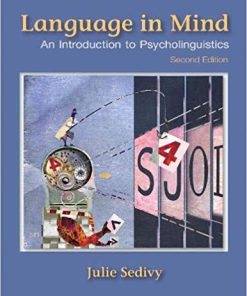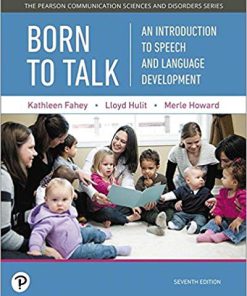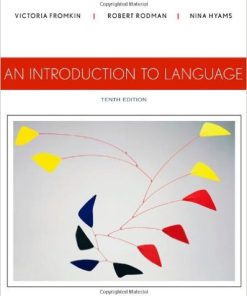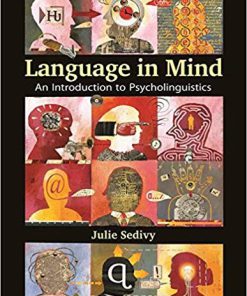(eBook PDF) An Introduction to Language 11th Edition
$50.00 Original price was: $50.00.$35.00Current price is: $35.00.
(eBook PDF) An Introduction to Language 11th Edition – Instant Download
(eBook PDF) An Introduction to Language 11th Edition – Digital Ebook – Instant Delivery Download
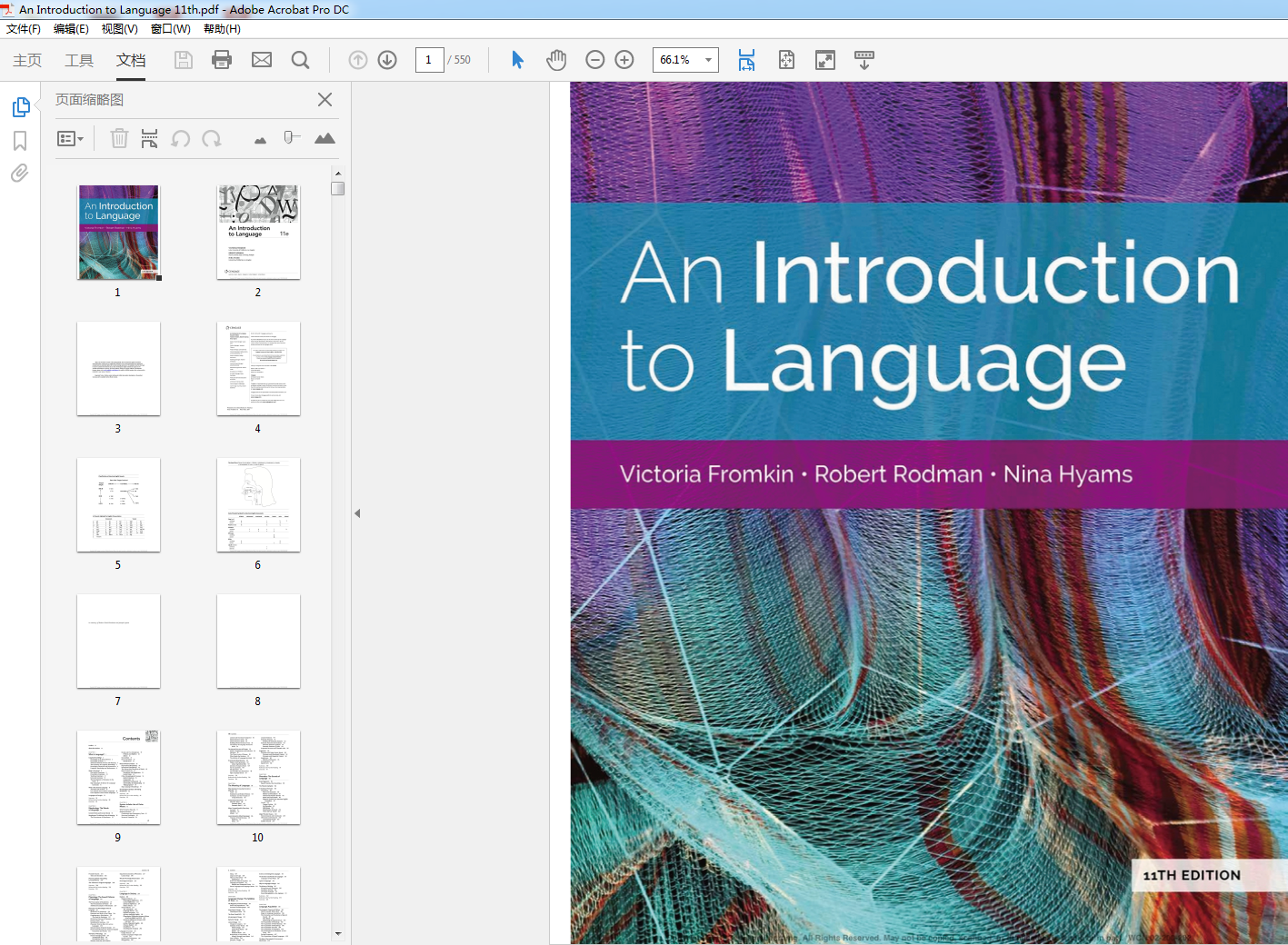
product details:
- ISBN-10 : 1337559571
- ISBN-13 : 978-1337559577
- Author: Victoria Fromkin (Author), Robert Rodman (Author), Nina Hyams (Author)
Whether you are studying education, languages, cognitive science, psychology, anthropology, English, or teaching English as a Second Language (TESL), AN INTRODUCTION TO LANGUAGE, 11th Edition, offers the information you need in a clear and descriptive manner that assumes no prior knowledge of linguistics. This edition retains the blend of humor and broad coverage that have made the text a perennial best seller, while adding up-to-date information and new research that render each topic fresh, engaging, and current.
table of contents:
1. WHAT IS LANGUAGE?
Linguistic Knowledge. What Is Grammar? Universal Grammar. What Is Not (Human) Language. Language and Thought.
2. MORPHOLOGY: THE WORDS OF LANGUAGE.
Content Words and Function Words. Morphemes: The Minimal Units of Meaning.
Rules of Word Formation. Sign Language Morphology. Morphological Analysis: Identifying Morphemes.
3. SYNTAX: THE SENTENCE PATTERNS OF LANGUAGE.
What the Syntax Rules Do. Sentence Structure. Phrase Structure Trees. The Internal Structure of Phrases. Grammatical Dependencies. UG Principles and Parameters. Sign Language Syntax.
4. THE MEANING OF LANGUAGE.
What Speakers Know about Sentence Meaning. Compositional Semantics. When Compositionality Goes Awry. Lexical Semantics (Word Meanings). Pragmatics.
5. PHONETICS: THE SOUNDS OF LANGUAGE.
Sound Segments. Articulatory Phonetics. Major Phonetic Classes. Syllabic Sounds.
6. PHONOLOGY: THE SOUND OF LANGUAGE.
The Pronunciation of Morphemes. Phonemes: The Phonological Units of Language. Distinctive Features of Phonemes. The Rules of Phonology. Prosodic Phonology. Sequential Constraints of Phonemes. Why Do Phonological Rules Exist? Phonological Analysis.
7. LANGUAGE IN SOCIETY.
Dialects. Social Dialects. Languages in Contact. Language and Education. Language in Use.
8. LANGUAGE CHANGE: THE SYLLABLES OF TIME.
The Regularity of Sound Change. Phonological Change. Morphological Change. Syntactic Change. Lexical Change. Reconstructing “Dead” Languages. Extinct and Endangered Languages. The Genetic Classification of Languages. Types of Languages. Why Do Languages Change? The History of Writing.
9. LANGUAGE ACQUISITION.
The Linguistic Capacity of Children. The Role of the Linguistic Environment: Adult Input. Knowing More Than One Language.
10. LANGUAGE PROCESSING AND THE HUMAN BRAIN.
The Human Mind at Work. Brain and Language. Language and Brain Development. The Modular Mind: Dissociations of Language and Cognition.
Glossary.
Index.
people also search:
You may also like…
Biology and Microbiology
(eBook PDF) An Introduction to Genetic Analysis 11th Edition
Languages - Grammar, dictionaries & phrasebooks
An Introduction to Language 11th Edition Victoria Fromkin – eBook PDF



